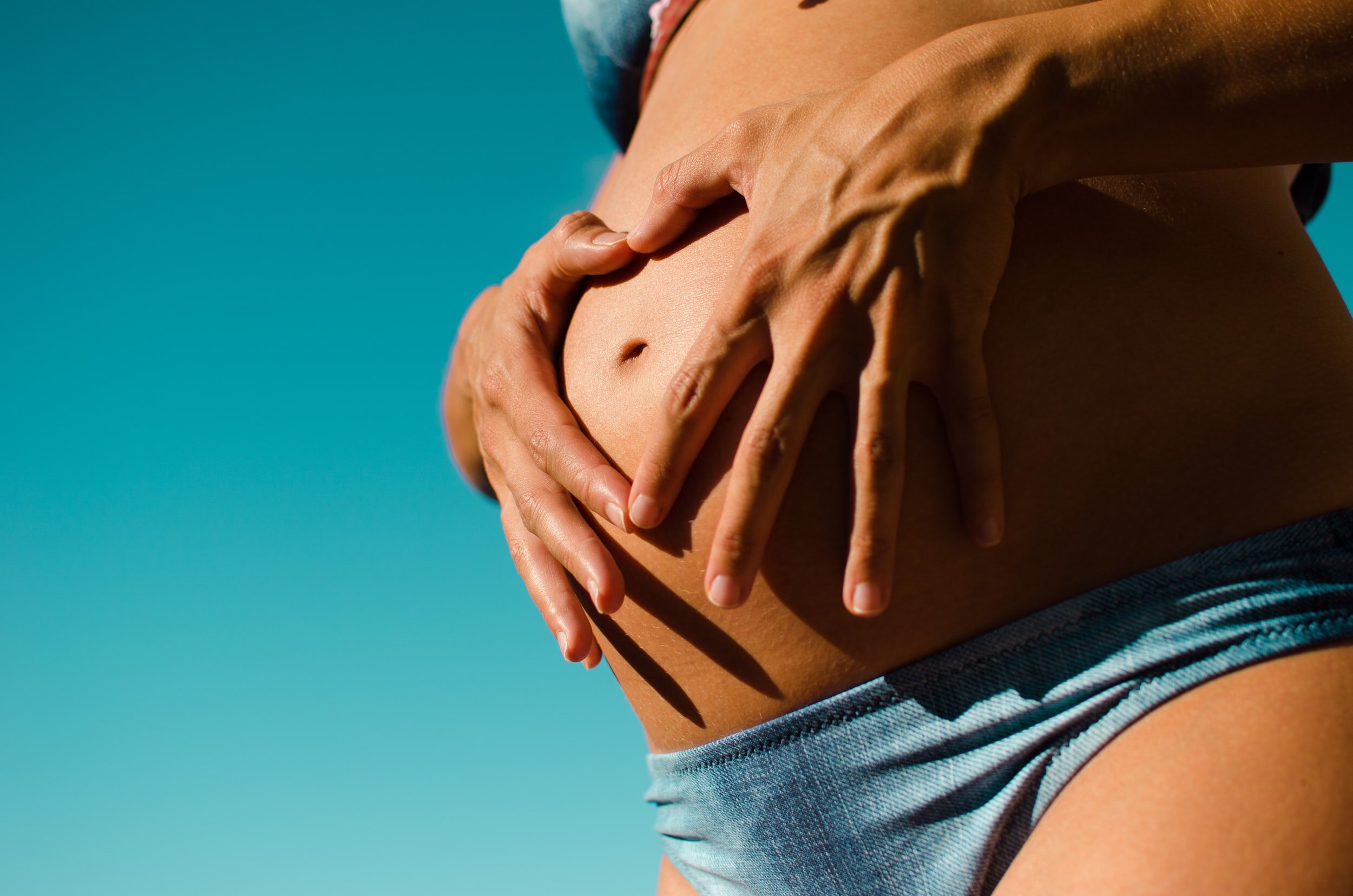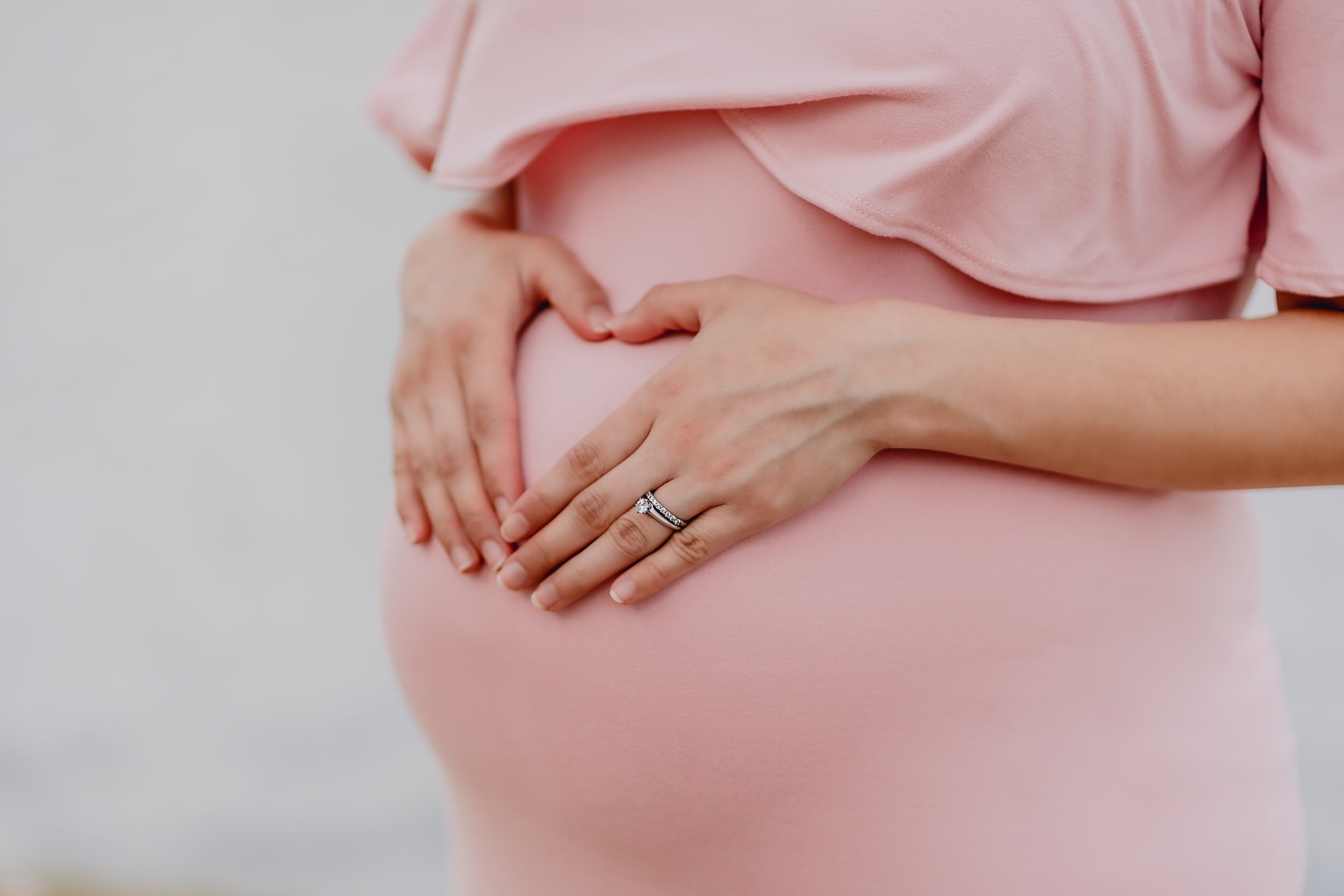Being pregnant means your body will go through a lot of changes. With these changes come some never before felt aches and pains, cramping being one of them. While many pregnancy cramps are very normal it is important to be aware of what is normal and what is unusual in every trimester. This will help give you peace of mind as well as know what to do when you feel cramping.
First trimester
In your first trimester pregnancy cramps are caused by the stretching and pulling that begins in your abdomen. Your uterus begins to grow and your joints begin to move and expand. As these happen, you are likely to experience cramps that remind you of menstrual cramps. You may also feel pain in the sides of your pelvis towards the end of the trimester and moving into the second trimester. This could be round ligament pain, which is quite common as your joints move so as to make way for the expanding uterus. Bloating or gas can feel uncomfortable and similar to cramping.
All of these are normal for as long as they are not accompanied by any vaginal bleeding and so long that none of the cramps are sharp or piercing pain that is prolonged, persistent, or consistent. Some pains to look for are sharp pains on either side of your lower abdomen. This could signal an ectopic pregnancy, which will need to be addressed immediately.
Second trimester
Also known as the honeymoon trimester, the second trimester is when women tend to feel most relaxed in their pregnancy. There should be little to no cramping unless you are expecting twins, triplets, or more! Should you be expecting multiples, watching out for pregnancy cramping is important because it can indicate signs of preterm labour. Apart from cramps, backaches, the feeling of more pressure in your abdomen or pelvic area, and blood or clear sweet fluid coming from your vagina are all warnings that you may be going into labour. In which case, you need to see your doctor.
Another potential cause of cramping in this trimester is preeclampsia. This pregnancy complication can begin as early as 20 weeks of gestation. A common sign of preeclampsia is increased blood pressure. The cramping may come later if placental disruption (the placenta detaching from the uterus) occurs. Your doctor will monitor your blood pressure every visit, but you can monitor it daily too to make sure you’re always at normal levels.
Third trimester
The third trimester brings pregnancy cramps, pain, and discomfort. Even just a full bladder can “poke” the uterus and cause contractions, which will feel like cramping. The added weight can also make the pressure in the pelvic area more noticeable, and of course give you backpains, or joint pain. Sex, which may not happen very often in the third trimester, can also cause cramping because orgasms can cause your uterus to contract.
What third trimester moms need to look out for is persistent cramping as well as cramping that occurs often in the span of an hour. Contractions can sometimes be mistaken for cramps, especially in first time moms, so it is important to just be aware of all unusual aches or pains, especially if instinct tells you it doesn’t feel normal.
Pregnancy cramps are actually a great indicator of your pregnancy stress levels. While cramps are common and normal, it can be a signal that you are doing too much, are becoming very stressed, or are extra tired. Whenever cramping occurs, rest and destress.




Leave a Reply